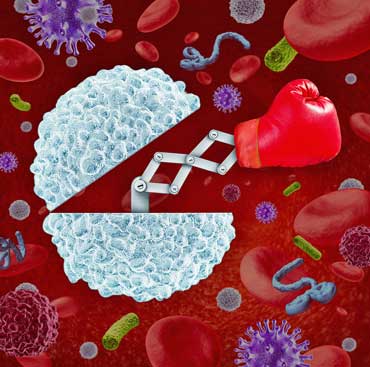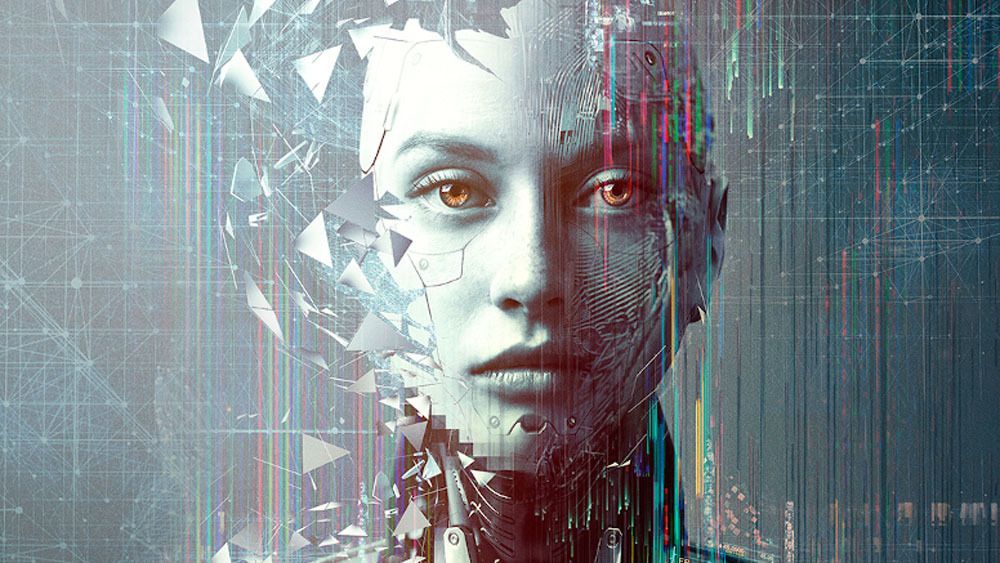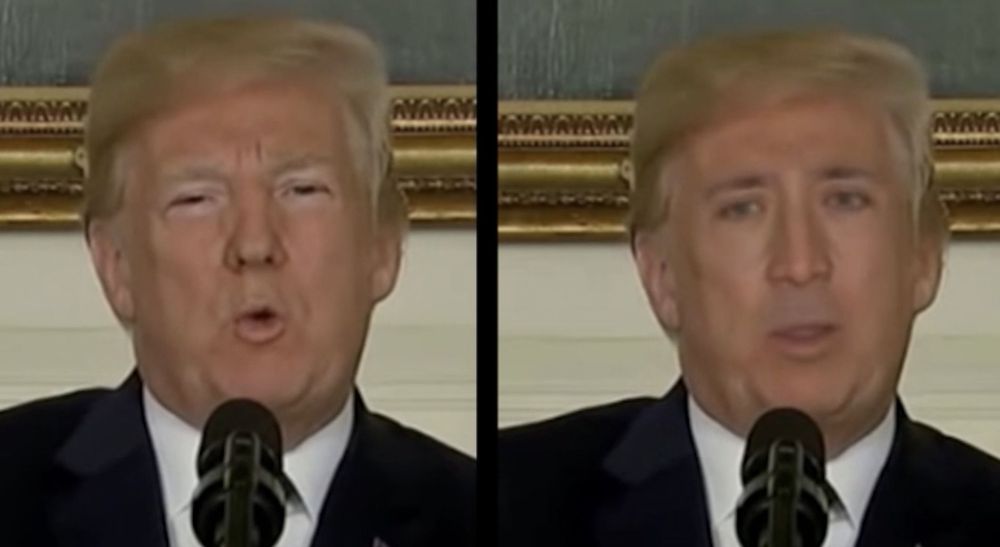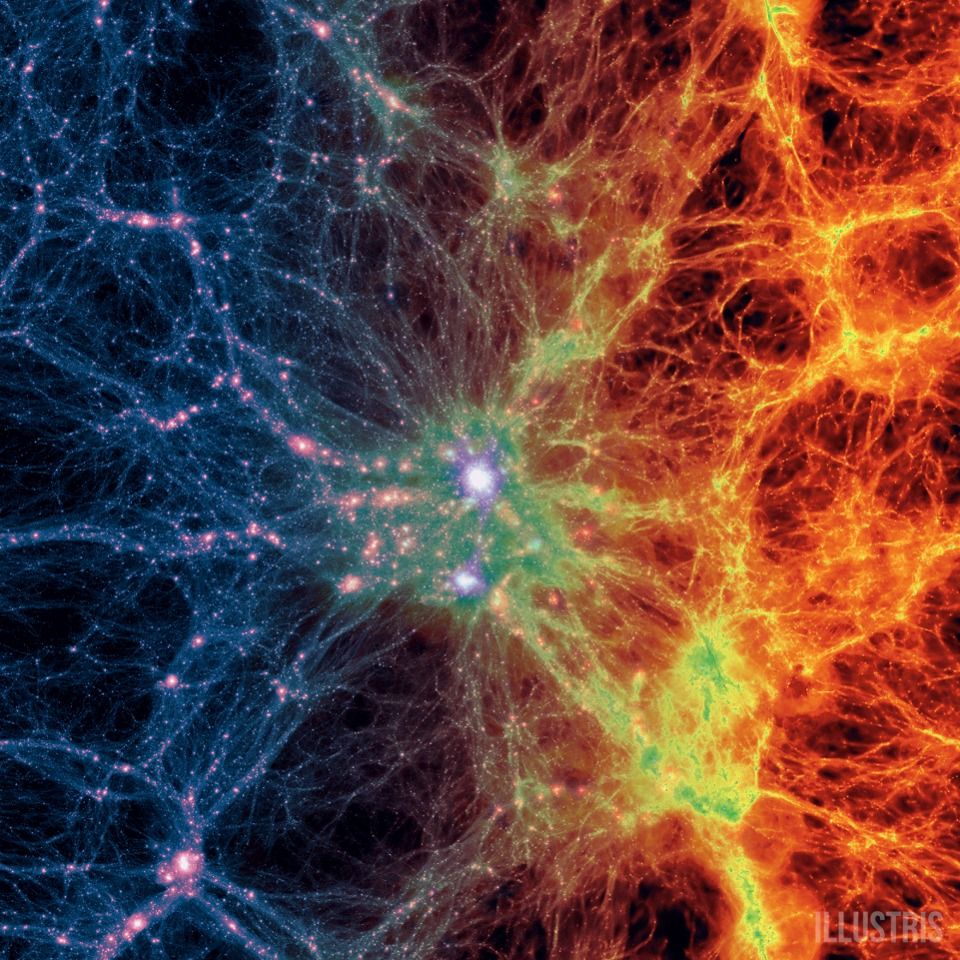One of the most vexing questions many of us face once we hit our 60s is: Where should we live as we get older? I’m not talking about those “Best Places to Live” rankings. I mean what kind of home, and type of community, would be most suitable. That’s why I was eager to hear what several gerontologists had to say in their session at last week’s Gerontological Society of America conference about how they decided where they’d live in later life.
What kind of home and community is most suitable? The answer isn’t always rational.







